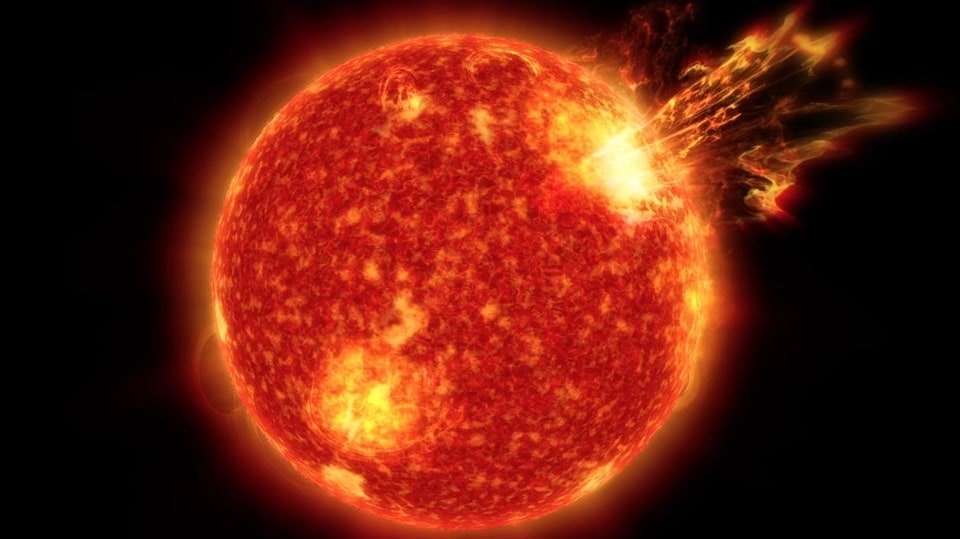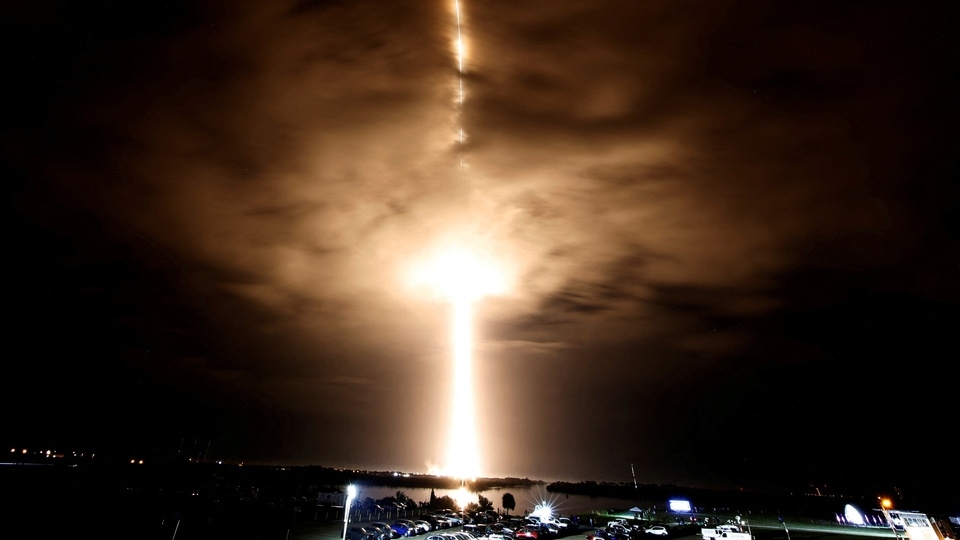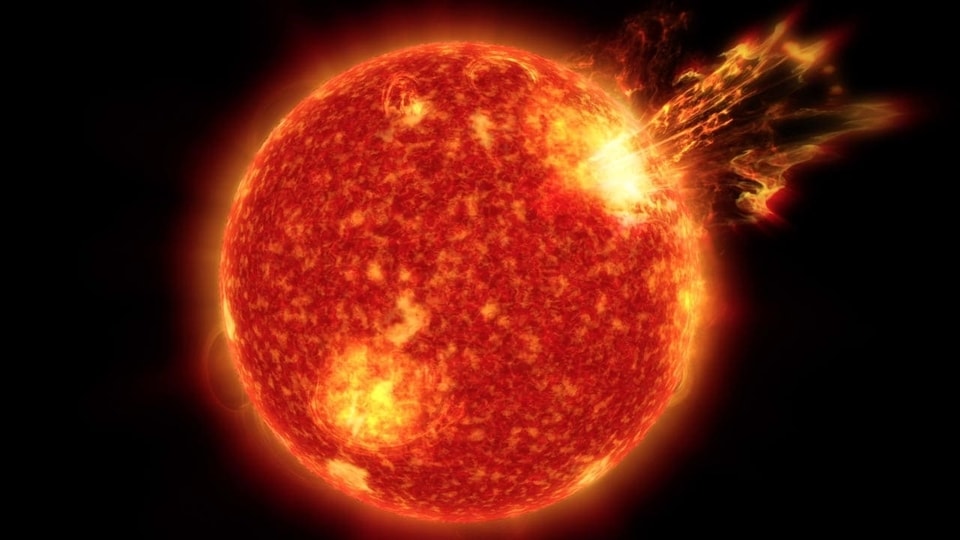Breakthrough! Now, solar flares can be predicted, says NASA
The volatile Sun has been sparking solar storms on Earth on a regular basis courtesy solar flares, CME, solar wind and more. If powerful enough, these can be very dangerous for the power grid, satellites, even mobile phones.






 View all Images
View all ImagesThe volatile Sun has been sparking solar storms on Earth on a regular basis courtesy solar flares, CME, solar wind and more. If powerful enough, these can be very dangerous for the power grid, satellites, even mobile phones. If a warning is received by NASA and other space agencies on time, the impact on Erath and humanity can be lessened. Now, there has been a breakthrough as NASA says Solar Flares can be predicted and this means timely action can be taken to mitigate the impact.
Scientists can now predict when and where the Sun's next flare might explode. The crucial role is that of Sun "Flashes".
Notably, Solar flares are powerful bursts of energy and can have severe impact. As per NASA, solar flares are our solar system's largest explosive events and are seen as bright areas on the sun and they can last from minutes to hours. Flares and solar eruptions can impact radio communications, electric power grids, navigation signals, and pose risks to spacecraft and astronauts even.
"Using data from NASA's Solar Dynamics Observatory, or SDO, researchers from NorthWest Research Associates, or NWRA, identified small signals in the upper layers of the solar atmosphere, the corona, that can help identify which regions on the Sun are more likely to produce solar flares – energetic bursts of light and particles released from the Sun," NASA said.
They found that above the regions about to flare, the corona produced small-scale flashes – like small sparklers before the big fireworks. This information could eventually help improve predictions of flares and space weather storms – the disrupted conditions in space caused by the Sun's activity.
Scientists have previously studied how activity in lower layers of the Sun's atmosphere – such as the photosphere and chromosphere – can indicate impending flare activity in active regions, which are often marked by groups of sunspots, or strong magnetic regions on the surface of the Sun that are darker and cooler compared to their surroundings.
For their research, the scientists used a newly created image database of the Sun's active regions captured by SDO. The publicly available resource, described in a companion paper also in The Astrophysical Journal, combines over eight years of images taken of active regions in ultraviolet and extreme-ultraviolet light. Led by Karin Dissauer and engineered by Eric L. Wagner, the NWRA team's new database makes it easier for scientists to use data from the Atmospheric Imaging Assembly (AIA) on SDO for large statistical studies, according to NASA.
The NWRA team studied a large sample of active regions from the database, using statistical methods developed by team member Graham Barnes. The analysis revealed small flashes in the corona preceded each flare. These and other new insights will give researchers a better understanding of the physics taking place in these magnetically active regions, with the goal of developing new tools to predict solar flares.
Catch all the Latest Tech News, Mobile News, Laptop News, Gaming news, Wearables News , How To News, also keep up with us on Whatsapp channel,Twitter, Facebook, Google News, and Instagram. For our latest videos, subscribe to our YouTube channel.
































